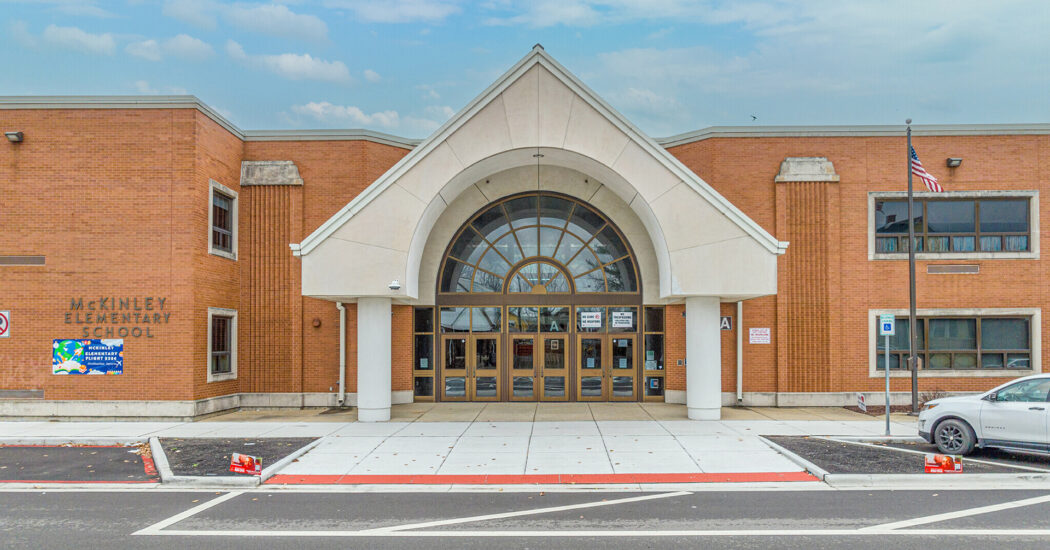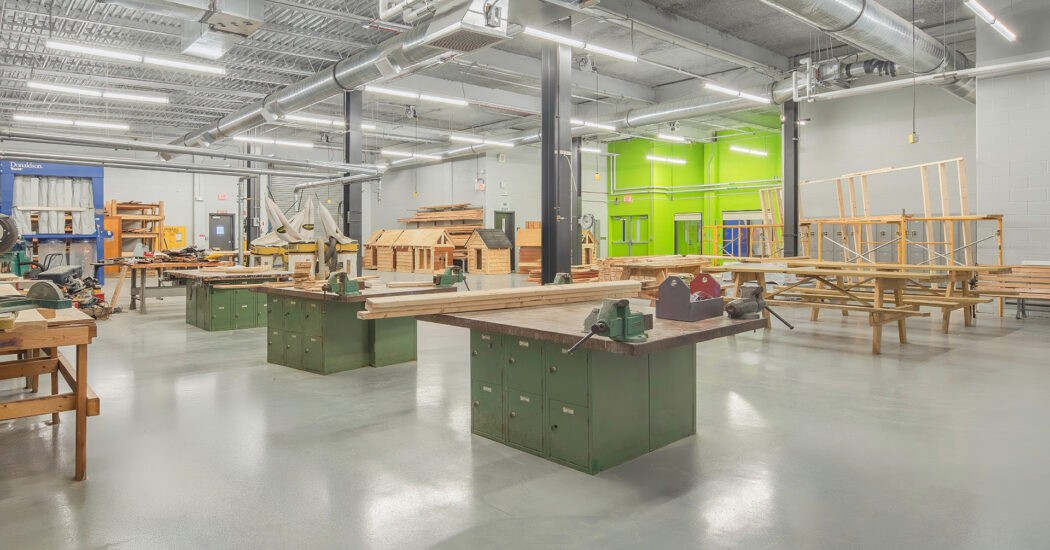How Architects Measure Success
-
Category
Innovation -
Posted By
Schmidt Associates -
Posted On
Mar 29, 2016
In a recent meeting, we were asked “what does success looks like?” at Schmidt Associates. Four Schmidt Associates architects weighed in…

Brad Brutout, AIA
Success is measurable in multiple forms. At this point in my career, success is based on the design process. One of the ways I measure success is by how the documents are executed in construction. If the drawings encompass the Owner’s criteria and coordinate with others disciplines, then the construction process should go smoothly and painlessly to exceed the Owner’s expectations.
Another success factor is when your design becomes a precedent. If the design resonates with multiple Owners, it confirms the strength of its functionality.
The last measurement of success is feedback from the general public. It is great for the Owners to like the building, but how does the public feel about the project? What is the opinion of someone who is not personally invested in the project?

Steve Alspaugh, AIA, LEED AP
As a design architect, I measure the success of our projects in three ways: through purpose, durability, and spirit. This is best confirmed by asking ourselves the following questions:
Purpose
- Did we improve the workflow and/or processes of our Owner
- Did we find ways to make what they do even better than they expected?
- Does the building “fit” them?
Durability
- Will this building last and will it be easy to maintain?
- Does the building have a timeless feel? Will it be interesting without feeling dated?
Spirit
- What is the “fun stuff”, the “WOW moments”, the “something special”?
- Does the space we created add a sense of delight to the Owner’s work in this new environment?

Lisa Gomperts, AIA, LEED AP
In my role at Schmidt Associates, I am very client-focused. Throughout a design process, I have the chance to create a relationship with the Owners. At the end of a project, the feeling like we are part of the Owner’s team is a big indicator of success for me. You know that you have done a good job as an architect when you don’t want the project to end and you have created a long-term relationship with the Owners you have worked with.
Another way that I measure success, specifically in the higher education sector, is how our projects make students feel. It is rewarding when I hear from Owner’s that students want to come to school now that they have a space that gets them excited about coming to class. If a student is proud of the new space, then that helps to make them feel even more proud about themselves because it is sending a message that they are valued. This leads to long-term success.

Sarah Hempstead, AIA, LEED AP
From my perspective, I like to measure success by looking at the Owner’s original mission, vision, and goals. Did we stay true to these? Did we adapt to anything that changed along the process? Did we exceed their vision? From there, I love to look at the more obvious aspects like performance metrics. For example, we can ask:
- Did this new office building increase job satisfaction among the employees?
- Did this college see an increase in enrollment since the new residence hall was built?
- Do janitors get their jobs done more efficiently at night since the school’s renovation?
- Have we kept working with this Owner past the initial project?
We create really rewarding long-term friendships and partnerships with our clients because our success metrics are their success metrics.







